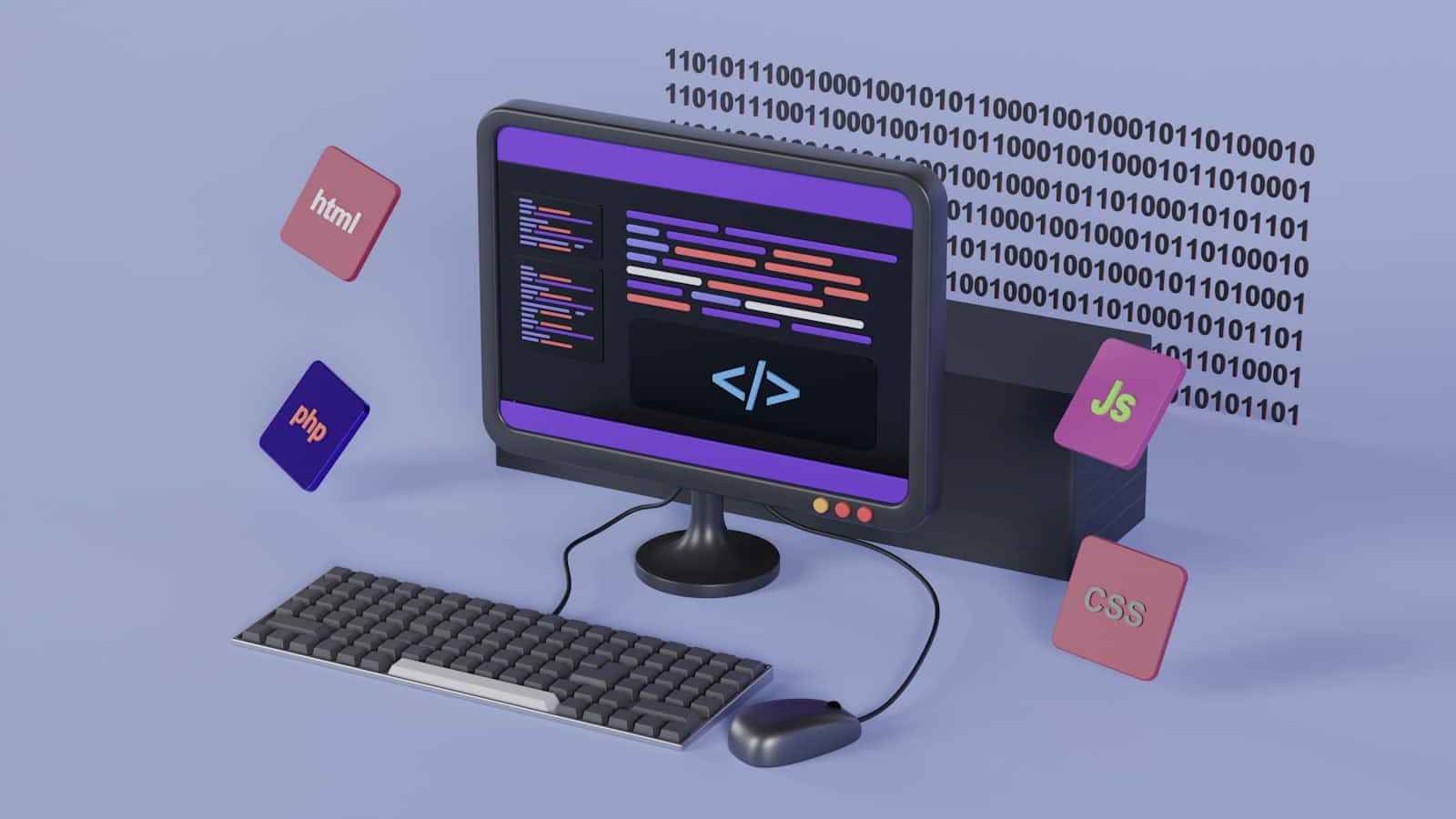Retrieval-Augmented Generation (RAG): Revolutionizing NLP with External Knowledge
 Sanjay Nandakumar
Sanjay Nandakumar
Introduction
The realm of Natural Language Processing (NLP) is witnessing a paradigm shift with the emergence of Retrieval-Augmented Generation (RAG). This innovative technique goes beyond the limitations of traditional models by seamlessly integrating retrieval and generation functionalities, paving the way for a more knowledgeable and context-aware approach to language processing.
Understanding the Components of RAG
RAG operates using a two-pronged approach:
1. Retrieval Model: This component acts as the knowledge scavenger, adept at finding relevant information from external sources like databases, knowledge repositories (e.g., Wikipedia), or even internal documents. It essentially searches for data that aligns with the user's query or the context of the task at hand.
2. Generative Model: Once the retrieval model identifies pertinent information, the generative model takes over. This component leverages its text generation capabilities to process and synthesize the retrieved data, producing a human-like response that is tailored to the specific situation.
Here's an analogy: Imagine RAG as a student preparing for an exam. The retrieval model acts like a diligent research assistant, scouring libraries and online resources to gather relevant information. This information is then passed on to the generative model, akin to a skilled writer, who skillfully crafts a comprehensive and informative essay, drawing upon the gathered knowledge.
The Advantages of RAG
RAG offers several compelling advantages over traditional NLP models:
Enhanced Knowledge Utilization: By accessing external knowledge sources, RAG can access a vast pool of information, enabling it to generate responses that are more factual and comprehensive. This is in stark contrast to traditional models, which often lack the ability to effectively utilize external knowledge.
Improved Context-Awareness: RAG's ability to retrieve relevant information allows it to better understand the context of an interaction. This leads to responses that are more relevant and less prone to factual inaccuracies or misinterpretations.
Greater Flexibility and Adaptability: RAG is not limited to a single knowledge base. It can be easily adapted to utilize different knowledge sources depending on the specific task at hand. This makes it a versatile tool that can be applied to various NLP applications.
Applications of RAG in NLP
The potential applications of RAG are vast and extend across diverse NLP tasks, including:
Question Answering: RAG can be employed in question-answering systems to retrieve relevant passages from external sources and then generate concise and accurate answers to user queries. This allows for a more comprehensive and informative response compared to traditional methods.
Machine Translation: By accessing knowledge bases containing language-specific information, RAG can be used to enhance the accuracy and fluency of machine translation, resulting in more natural-sounding and contextually appropriate translations.
Chatbots and Virtual Assistants: Integrating RAG into chatbots and virtual assistants can empower them to access and process real-world information, leading to more knowledgeable and helpful interactions with users.
Content Generation: RAG can be applied to content generation tasks such as summarization and story writing. By leveraging retrieved information, RAG can generate more informative, engaging, and factually accurate content.
Challenges and Considerations
Despite its promising potential, RAG still faces some challenges:
Data Quality: The effectiveness of RAG heavily relies on the quality and relevance of the information retrieved from external sources. Ensuring the accuracy and trustworthiness of the knowledge base is crucial for generating reliable outputs.
Computational Cost: The retrieval and generation processes within RAG can be computationally expensive, especially when dealing with large datasets. Therefore, optimizing performance and resource usage is essential for real-world applications.
Explainability and Bias: Understanding how RAG reaches its conclusions and addressing potential biases within the retrieved data remain important areas of research to ensure transparency and fairness in its outputs.
The Future of RAG
RAG represents a significant step forward in NLP, ushering in a future where machines can interact with the world in a more informed and context-aware manner. As research in this area continues to evolve, we can expect further improvements in RAG's capabilities, addressing existing challenges and paving the way for even more sophisticated and versatile NLP applications. The potential for RAG to revolutionize how we interact with machines and access information is truly exciting, and its future in the realm of NLP is undoubtedly bright.
Subscribe to my newsletter
Read articles from Sanjay Nandakumar directly inside your inbox. Subscribe to the newsletter, and don't miss out.
Written by

Sanjay Nandakumar
Sanjay Nandakumar
Data scientist | ML Engineer | Statistician